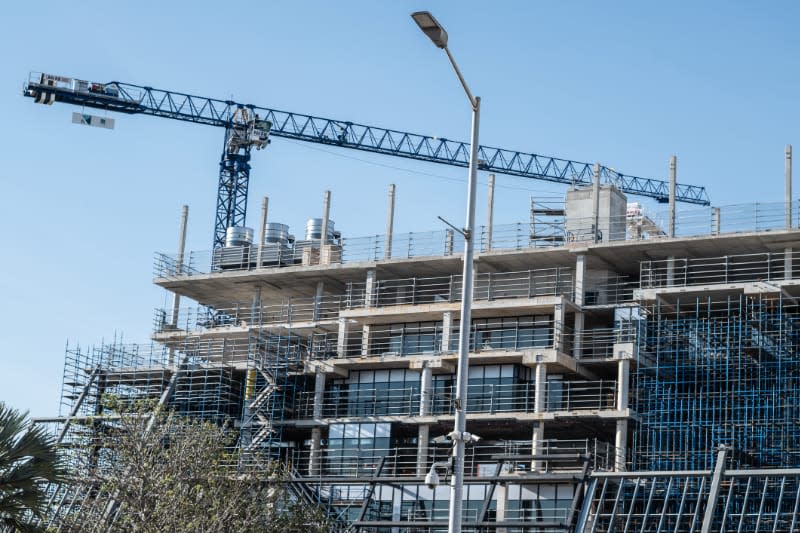Resources
Newsletter
Stay up to date and with the latest news, projects, deals and features.
Subscribe
The balance of Australia’s construction power is shifting north as a $213-billion infrastructure program reshapes the nation’s development landscape.
The migration is forcing property developers to rethink the traditional strongholds of NSW and Victoria, according to a report looking back at the sector in 2024.
According to Infrastructure Australia’s Infrastructure Market Capacity 2024 Report, the major public infrastructure pipeline, spanning 2023-24 to 2027-28, demonstrates an 8 per cent reduction compared to previous projections, “yet remains robust”.
Transport infrastructure commanded the largest share of the Major Public Infrastructure Pipeline—its $126 billion is 59 per cent of total investment. Buildings and Utilities followed with $71 billion (34 per cent) and $16 billion (7 per cent) respectively.
Queensland and the Northern Territory have emerged as key growth regions, recording a $16-billion increase in their infrastructure pipelines, while NSW and Victoria have recorded a $39-billion reduction.
“One of the most notable trends in the current infrastructure landscape is the geographical shift in investment towards northern Australia,” Infrastructure Australia said.
“This geographical shift brings new challenges, particularly in securing skilled workers and construction materials in regional areas.”
Transport infrastructure had a $32-billion reduction on the previous year thanks to “the completion of megaprojects in 2023-24, fewer new projects commencing, and cost and schedule changes in some megaprojects,” the report said.
Buildings infrastructure has gained $8 billion in investment, driven by health and residential developments. Utilities infrastructure has grown by $6 billion, with a focus on renewable energy and transmission projects.
The cost of construction materials remains high with most materials experiencing year-on-year growth for three straight years.
However, Infrastructure Australia said the materials market shows signs of stabilising, and the “rate of growth has eased over the past 12 months, with average annual price growth for all materials being 8 per cent lower than in 2023”.
Steel beams and sections costs declined 16 per cent and reinforcing steel dropped by 8 per cent.
Global conflicts and shipping cost increases continue to push up prices on clay bricks, coating and electrical products.

According to Infrastructure Australia, “the volatility in material prices underscores the importance of proactive cost management strategies, such as securing long-term supply contracts and exploring alternative materials”.
The infrastructure sector employs 198,000 FTE workers. Of that, 62 per cent are trades and labour workers, 26 per cent engineers, scientists and architects, and 12 per cent project management professionals.
“Despite a slight easing in labour shortages, the sector still faces a predicted shortfall of 197,000 workers, representing a 13 per cent decrease from the previous year’s projection,” the report said.
The NT is expecting the most severe workforce shortage proportionally, driven by a 40 per cent rise in demand compared to last year’s forecast.
Infrastructure Australia said “shortages are also set to increase in regional areas, driven by new renewable energy projects with only modest increases in supply projected”.
The Victorian Government’s $250-million investment in regional housing through the Regional Worker Accommodation Fund (RWAF) aims to address housing shortages for essential workers in key sectors including health, agriculture, education, manufacturing and tourism—but should more projects shift north this spending may be in vain.
Vocational Education and Training will provide 64 per cent of new infrastructure workers by 2029, with higher education contributing 25 per cent and migration 10 per cent. This distribution reflects the growing demand for trades workers across the sector.
Infrastructure Australia said these shifts present both opportunities and challenges, but said that success in this environment will depend on “effective cost management, proactive workforce strategies, and a keen understanding of market trends”.